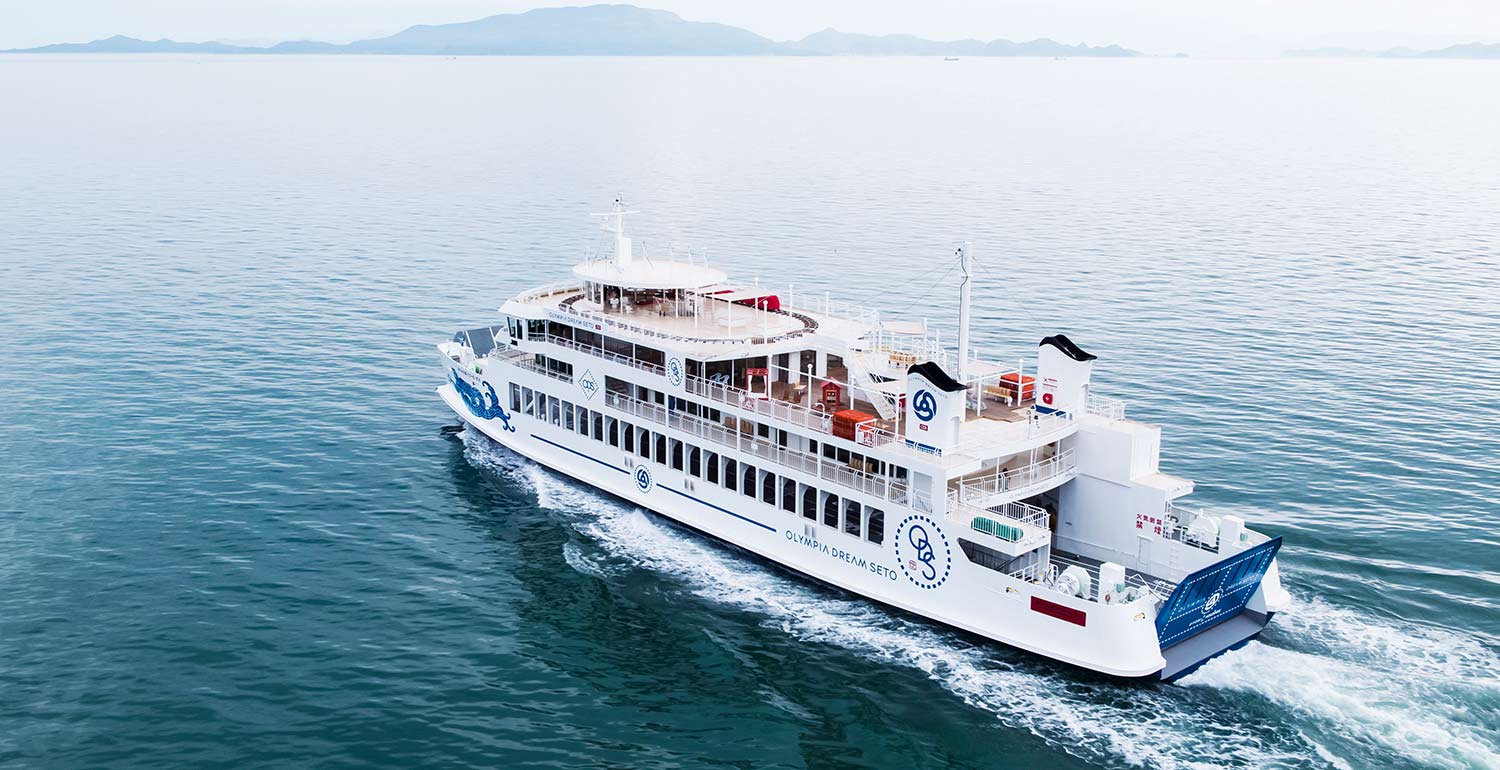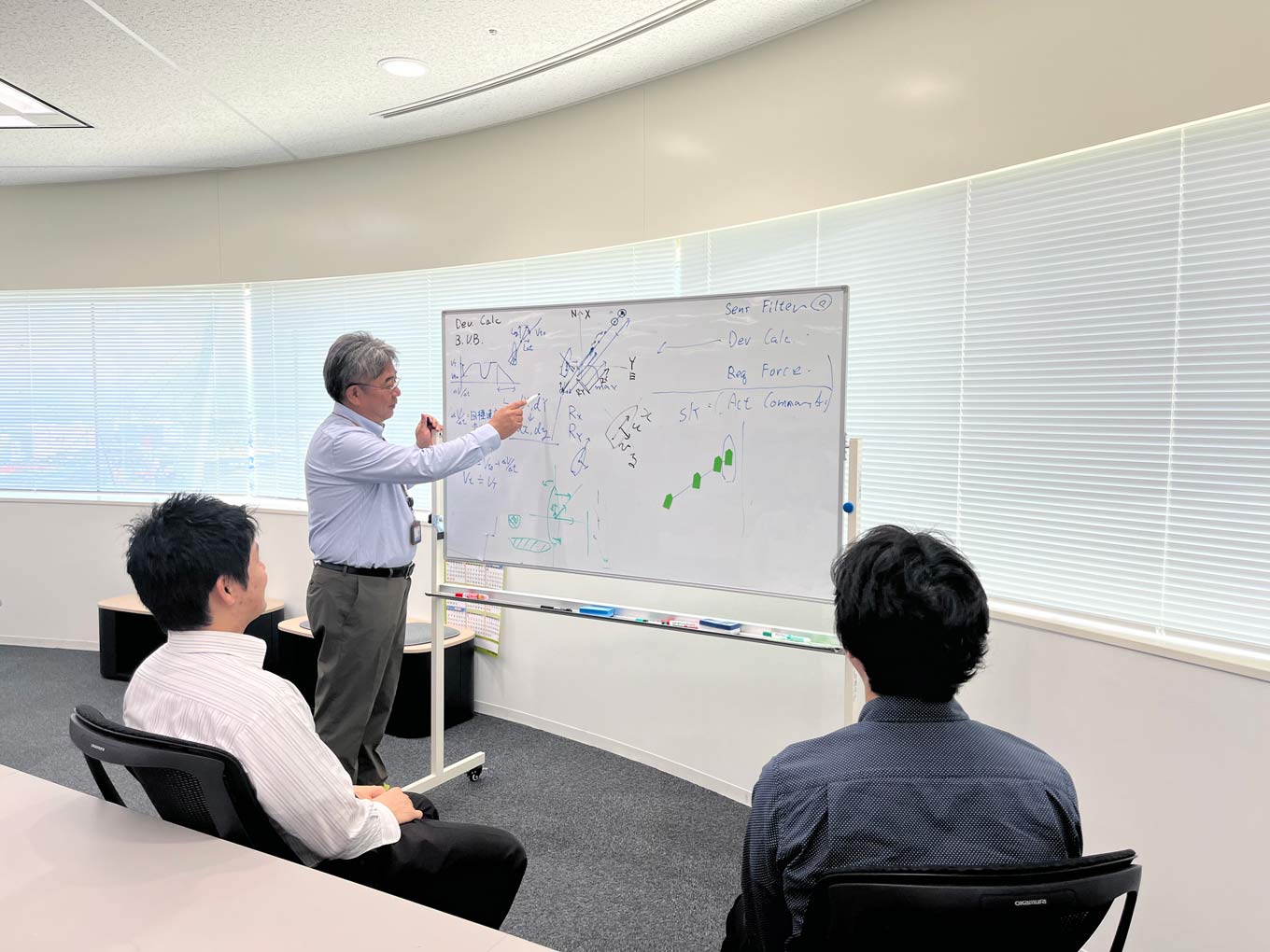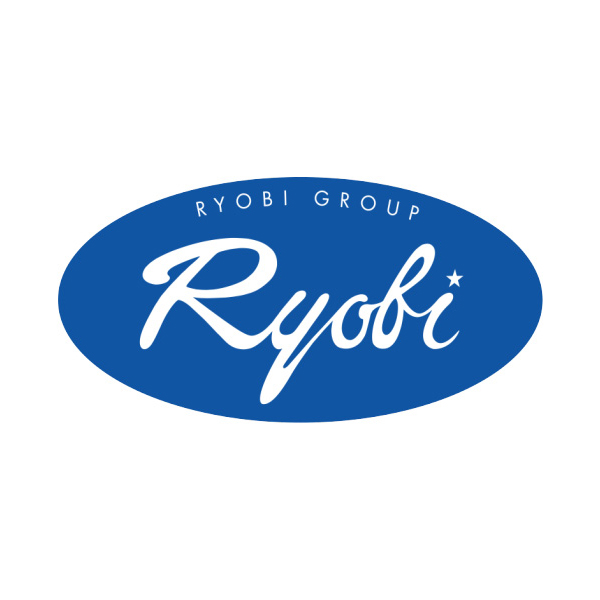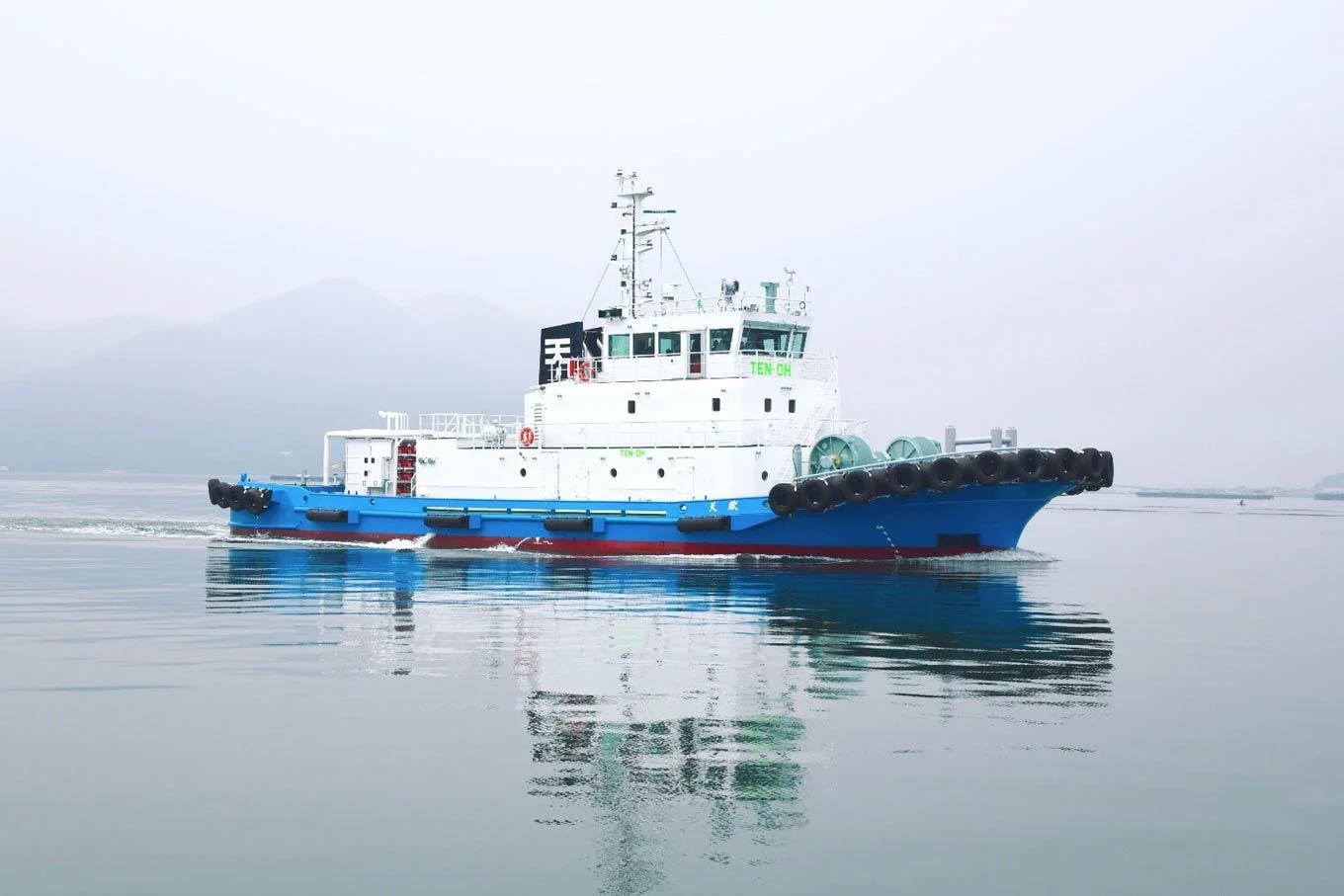Japan Marine Science, International Ryobi Ferry, and six other companies are working as part of the MEGURI2040 project to address the issue of sustainability in coastal transport and shipping routes against the backdrop of an aging and contracting population. The ferry operating between Japan’s main island of Honshu and the island of Shodoshima is particularly affected by this trend, and the project is pursuing the challenge of using autonomous navigation systems to maintain these remote island routes.
An aging, contracting population raises the likelihood of a decline in ship crews. Many crew members on remote island routes are from the area the route serves, and there is a possibility of crew shortages on these routes. This will make reduced service on remote island routes unavoidable, inconveniencing the people who live in these areas. This in turn could lead to further population decline and industries moving elsewhere. Autonomous navigation systems would reduce crews’ workloads, helping to maintain the frequency of service on these routes and creating increased possibilities for nighttime navigation, and is seen being able to contribute to the continued development of Japan’s almost 300 remote island routes.
Since the project’s launch in October 2022, the parties involved have been proceeding with development with the aim of commencing operations by roughly the summer of 2025. Specifically, the manufacturers developing the automated navigation system, ship owner and operator International Ryobi Ferry, and the ferry crew who will be the system’s end users have been working closely together to determine the system’s form and concepts and define the requirements and specifications to create an actual system. The manufacturers are currently developing the various functions that will constitute the system based on those specifications, and in September 2024 those functions were integrated and the testing stage began.
In parallel with the system development, the renovation of the vessel has been proceeding with support from Kanda Dockyard, a renovation shipyard, and Fujiwara Shipbuilding, a shipbuilding shipyard. The Remote Island Ferry Working Group is carrying out the renovation construction of the ferry Olympia Dream Seto in three stages. The first stage, carried out in November 2023, involved careful preliminary preparations to build a foundation for the system’s installation including laying electrical cables from the bridge to the engine room and building a base for the console on the bridge. In June 2024, the second stage involved the installation of a reaction control system that will be located between the automated system and existing systems. The third stage is scheduled for June 2025, with plans to install the entire automation system after testing on land and to carry out test navigation at sea.
The main feature of the development being carried out by the Remote Island Ferry Working Group is the advanced capabilities being sought in collision avoidance functions and hull control functions for automated navigation in the crowded sea routes of the Seto Inland Sea, including berthing/un-berthing from narrow wharfs while maintaining a tight schedule. Against this backdrop, in the development of the automated navigation system the consortium’s three manufacturers – Mitsubishi Shipbuilding, Mitsui E&S Shipbuilding, and Japan Marine Science – in particular developed their respective collision avoidance functions with an emphasis on innovation. Through demonstration testing and operation, the three companies have been comparing and mutually refining their functions with the aim of high quality close to that of collision avoidance piloting carried out by a human crew. In addition, smooth berthing/un-berthing are essential for ferries to operate on a fixed schedule. Therefore, in the hull control function development, the Working Group is integrating Mitsui E&S Shipbuilding’s newly developed functions with commercially available control equipment for advanced maneuvering when abruptly changing course or docking the bow or stern.
Furthermore, because the ferry is used by passengers, it has equipment that enables monitoring and support from land to achieve safe navigation. The cloud-based land support function being developed by Furuno Electric makes it possible to reciprocally link an office on land with the ferry’s bridge, enhancing safety with seamless communication among the system, crew, and land-based operators.
The manufacturers are currently at the most important point in their development of these functions. They have been conducting testing internally since the spring of 2024 and from the summer began connecting the various functions and testing the Working Group’s overall automated navigation system. In the testing, a navigation simulator at Japan Marine Science recreates the route to carry out a series of simulated voyages to confirm that the system functions in accordance with the designated specifications. Ferry crew members are also participating and providing input on the final collision avoidance and docking and launching functions, and further adjustments and refinements prior to installation in the actual vessel are planned. By incorporating the expectations and opinions of end users, the system will be easy to use in real-world operations. In addition, this safe system is being built in cooperation with the Ministry of Land, Infrastructure, Transport and Tourism and the ClassNK ship classification society with a view toward medium- to long-term use.
We have begun renovating our Olympia Dream Seto and are building a land-based support system and are building a land-based support system to implement autonomous navigation technologies on remote island passenger vessels. This project is expected to lead to the resolution of the ferry industry’s important issues of crew shortages and ensuring safety. We are excited to see the progress being made on a daily basis in the evolution of automated navigation technology. I hope that our efforts will contribute to even safer, more efficient ocean voyages.
Mitsubishi Research Institute’s main role in this project is social implementation, primarily with regard to deregulation and use case investigation. Compared with other demonstration routes, remote island routes are unique in that their main users are local residents, local industries, and tourists, who are closely tied to the local region. We are therefore raising issues and discussing future plans with local governments and marine transport operators from the perspective of “How autonomous navigation can lead to the resolution of local issues.” I hope that the results of these discussions will be reflected in demonstration testing and also lead to the actual implementation of fully autonomous navigation.
In addition to resolving local issues, promoting the attractiveness of the Seto area’s beautiful nature and culture and creating a favorable cycle of local development through autonomous navigation can be seen as one of the Working Group’s social implementation goals. Our goal is social implementation that is able to achieve a more favorable society along various vectors including the daily lives of local citizens, local industry, and tourism.







